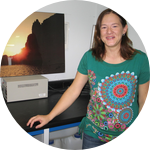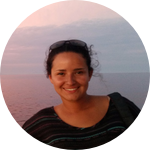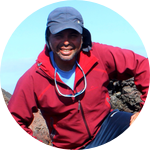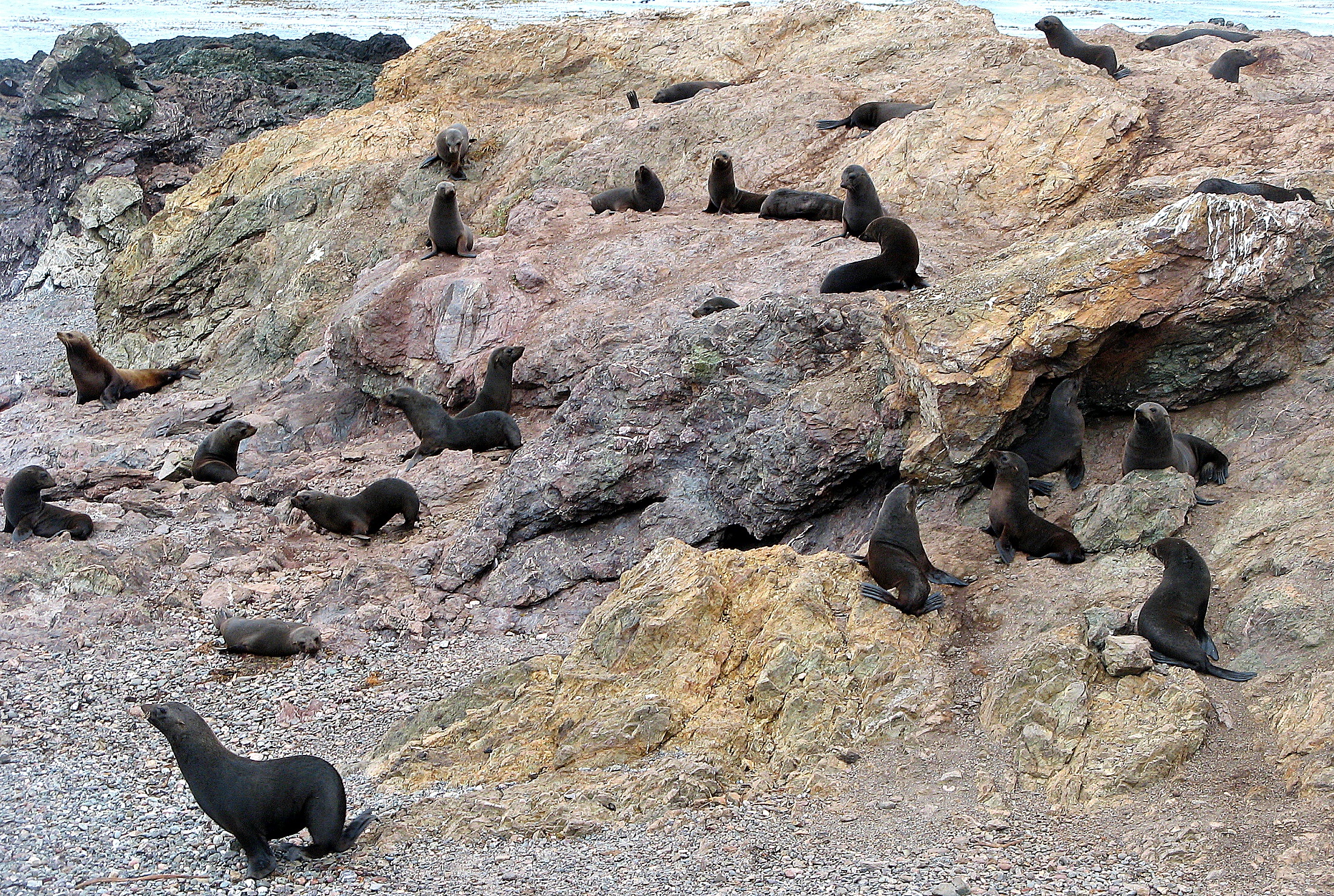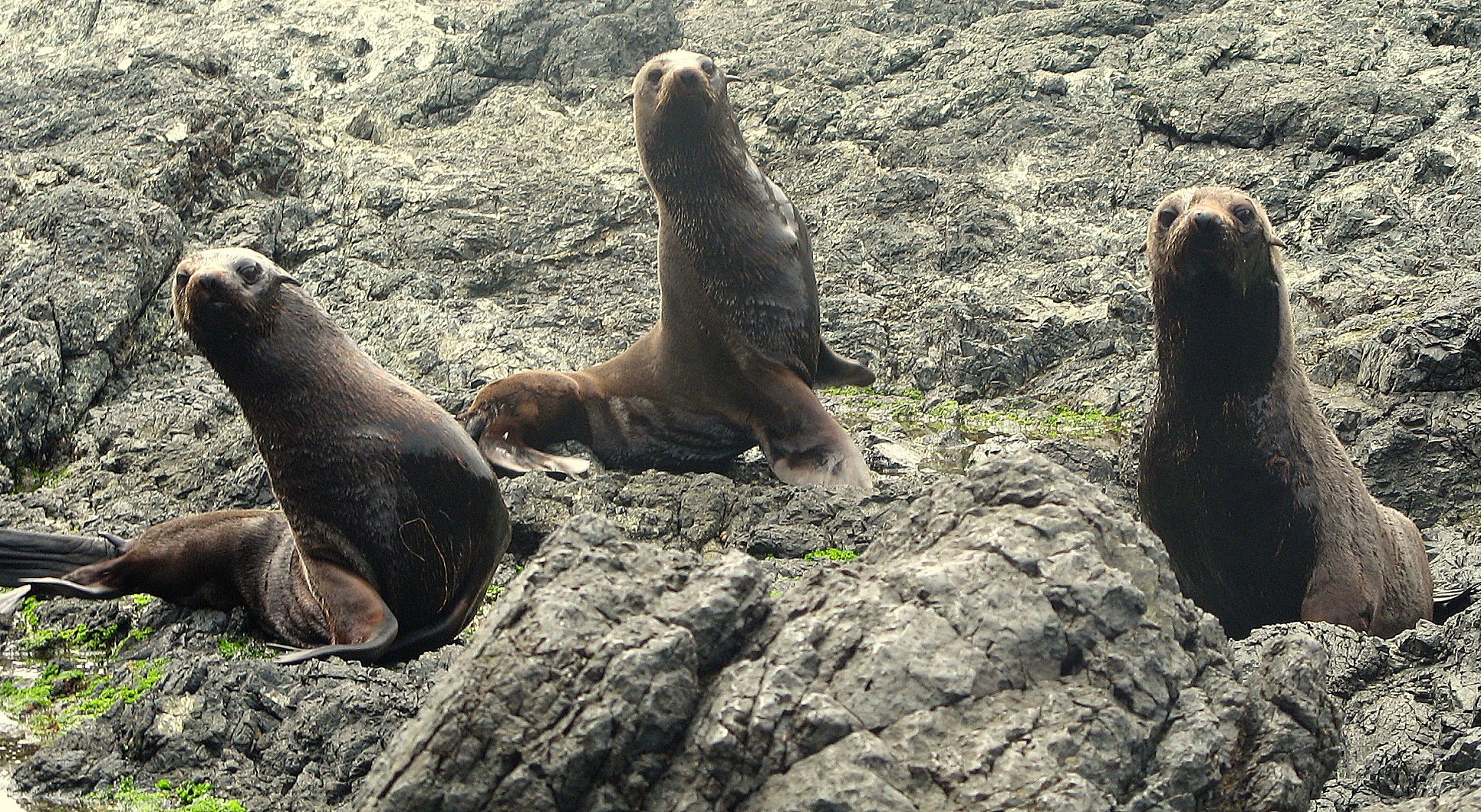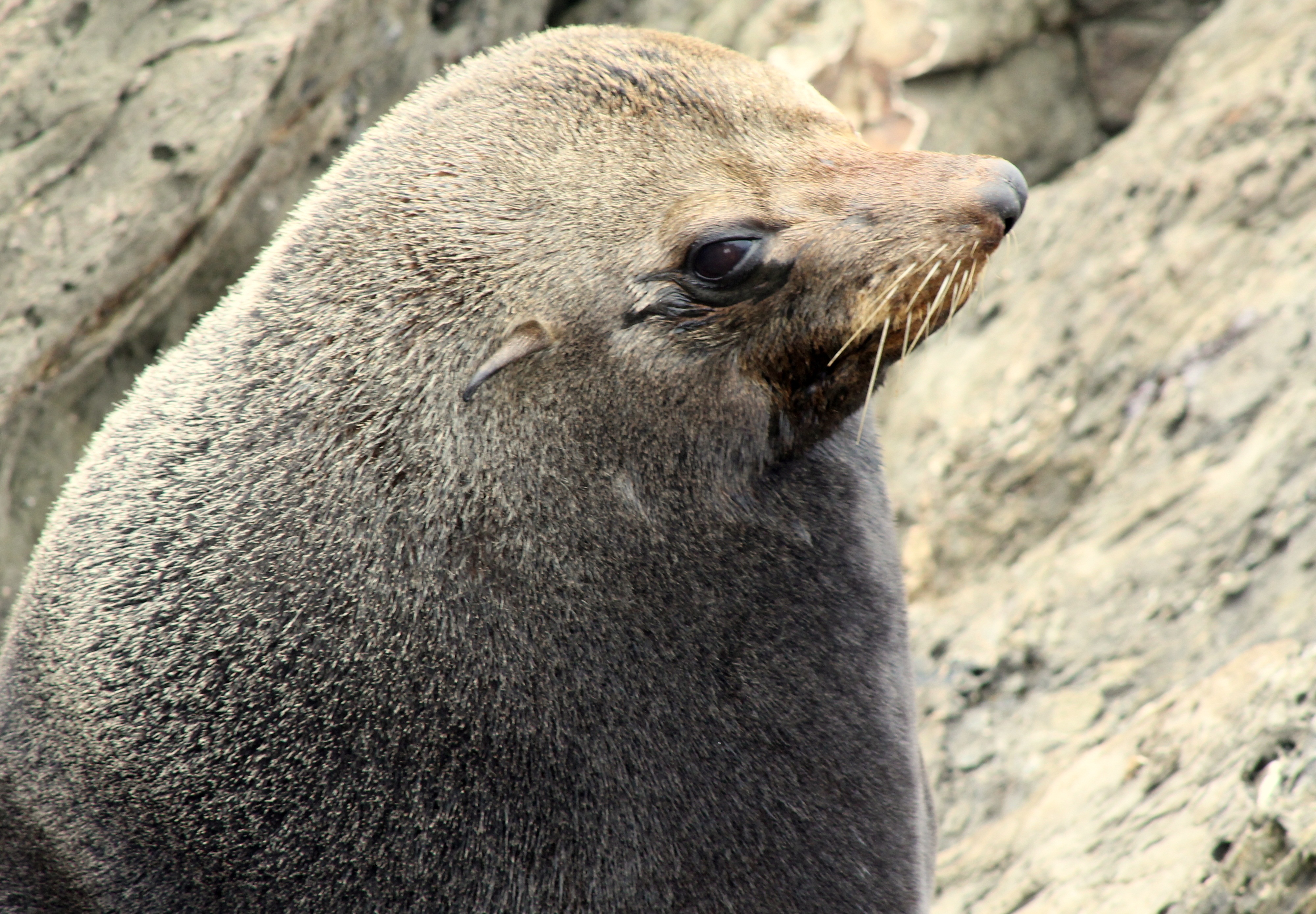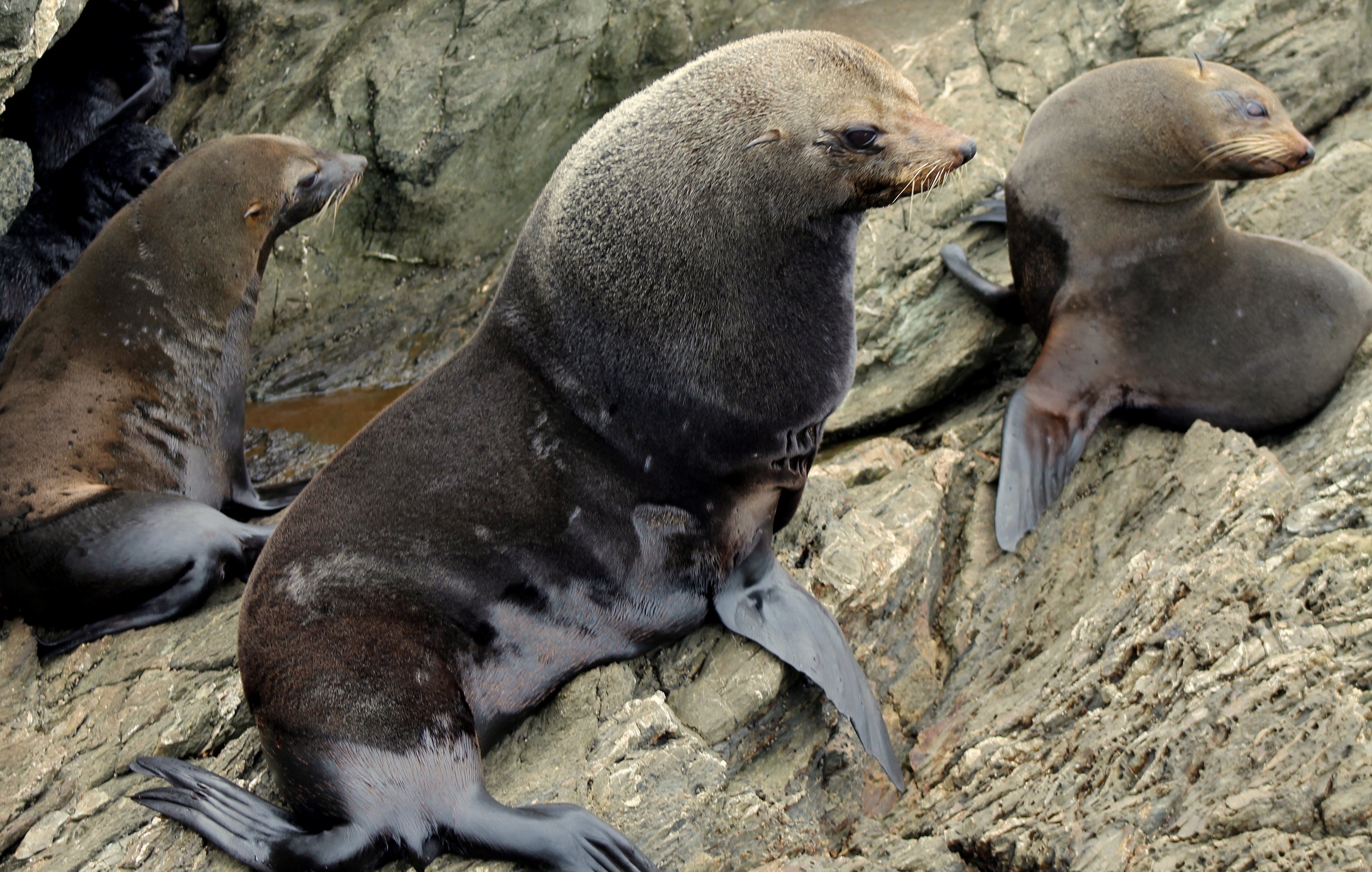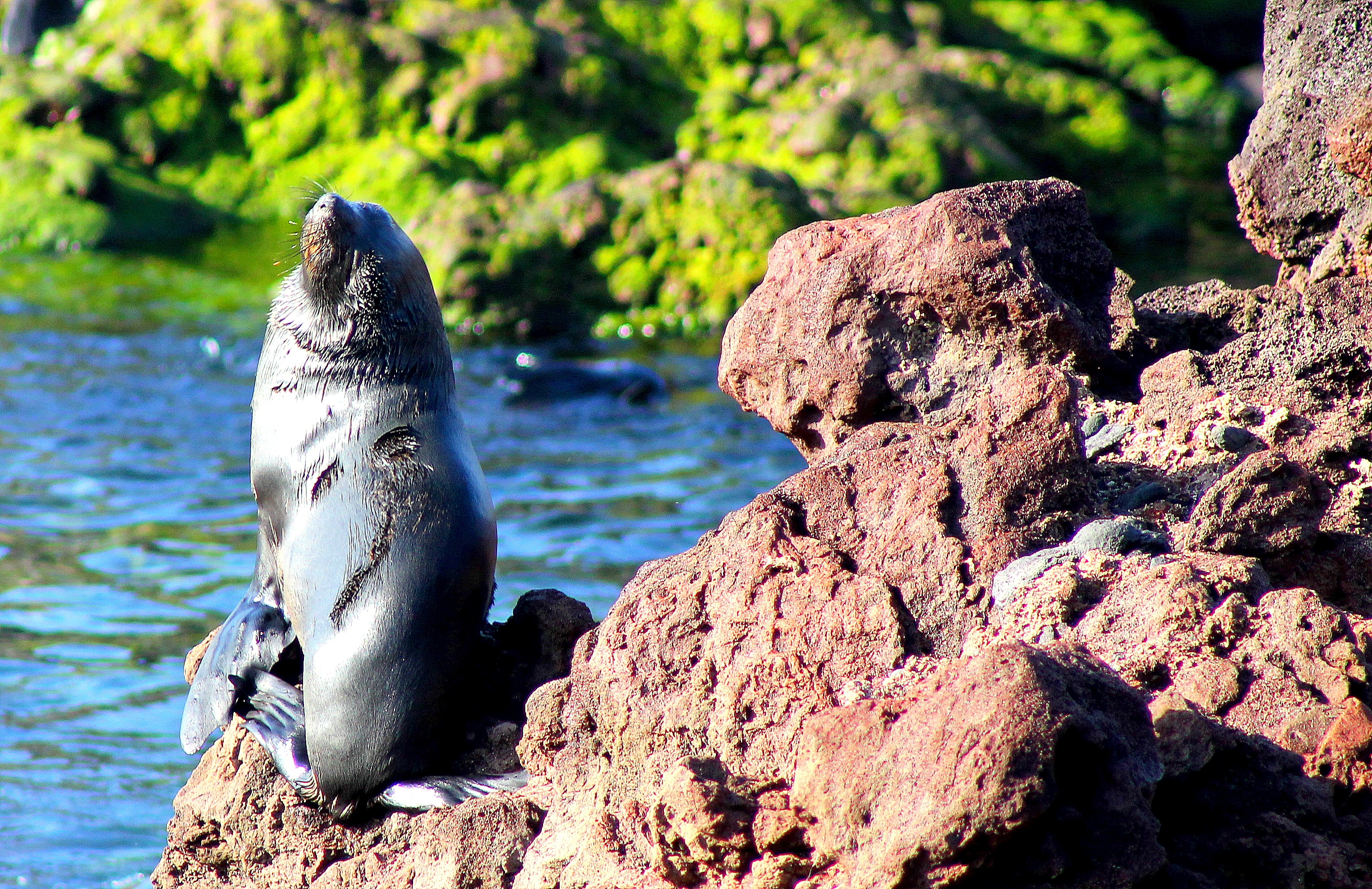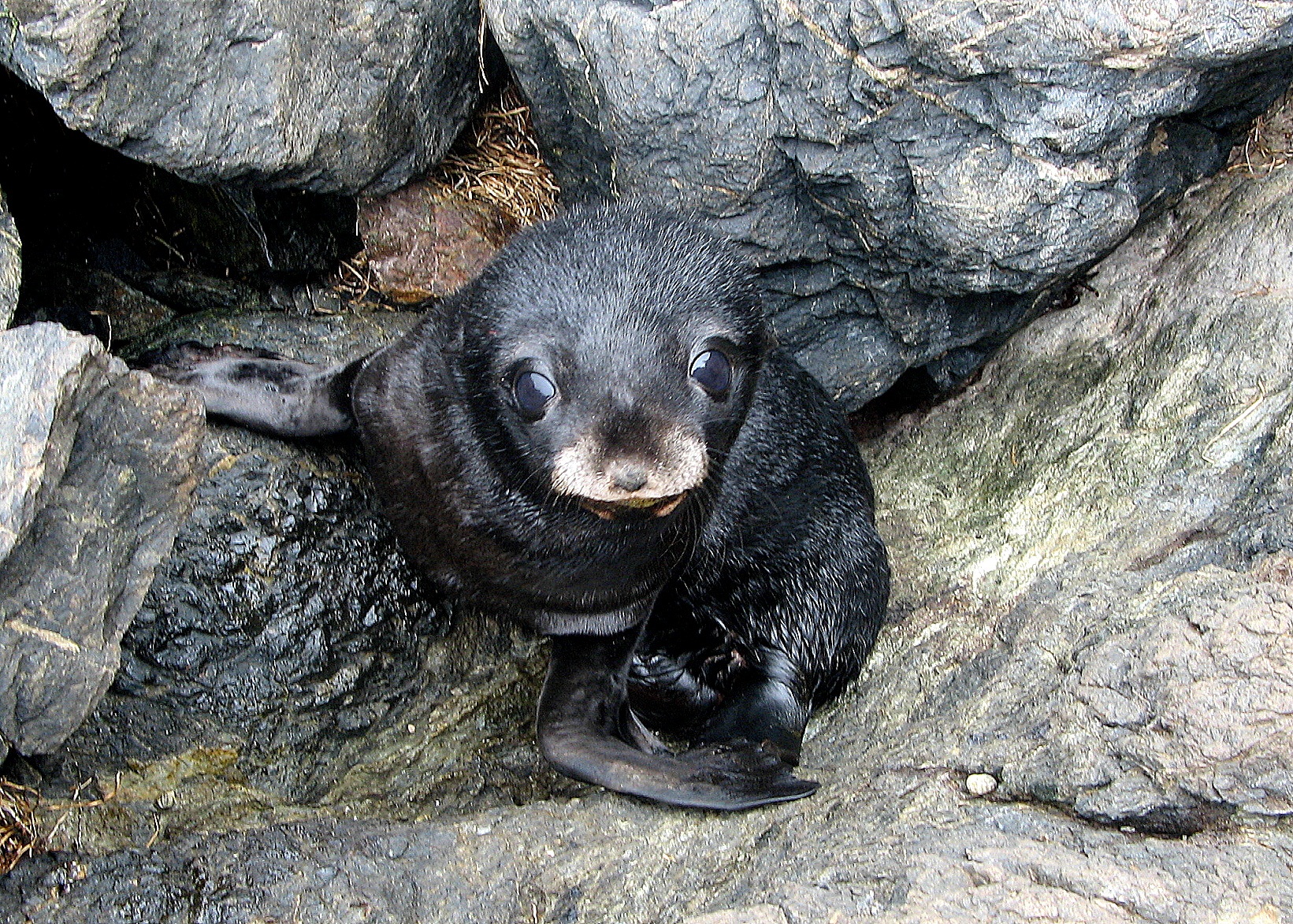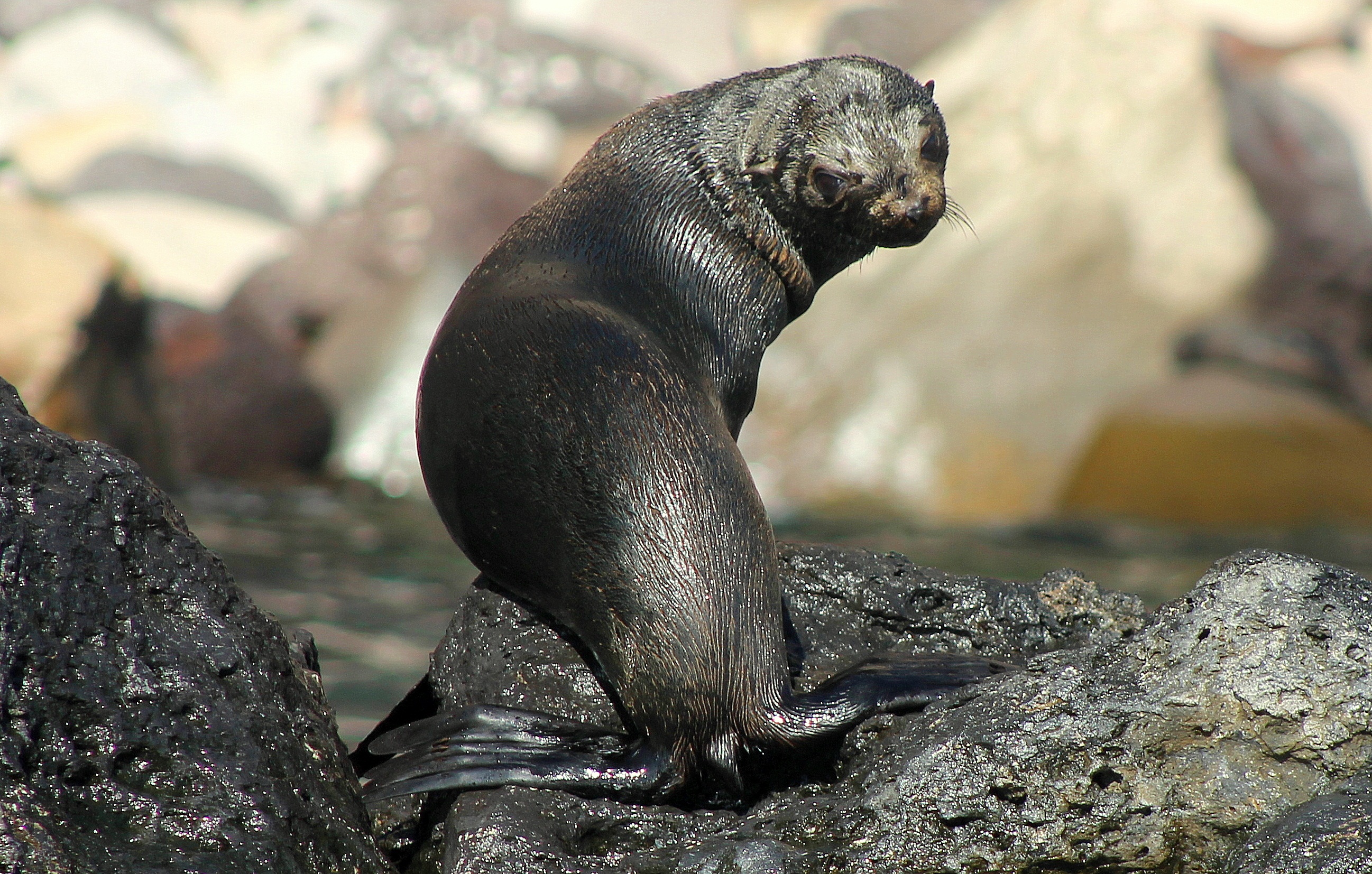About This Project
The Guadalupe fur seal was at the edge of extinction in the 19th century because of heavy hunt. In the 90s, a recolonization of an old distribution site, San Benito Archipelago, started to happen. However the presence of this species is seasonal and few births occur. The fur seal fluctuation in this site is reflection of its overall recovery. Hence, it must be tracked over time, especially in presence of oceanographic anomalies that alter prey availability.
Ask the Scientists
Join The DiscussionWhat is the context of this research?
Recent oceanographic anomalies that alter prey availability have caused unusual mortality events of Guadalupe fur seals, in spite of an increasing trend of their population since the mid-1950s, when they almost disappeared because of exploitation. San Benito Archipelago (recolonization site) is an optimal site to detect overall changes. In this regard, there was a strong decline in the population size from San Benito during the 2015 El Niño. Oceanographic conditions in the Northeast Pacific have not come back to normal. Hence, a track of their population size and natality rate in this recolonization site must continue over the next years, in order to completely understand the effects of changing environment on the expansion of this vulnerable marine mammal.
What is the significance of this project?
We would obtain more information about the Guadalupe fur seal, which is the least studied of all fur seals. Proof of this lack of knowledge is that this species is catalogued as "endangered" by Mexican Laws, while the IUCN Red List of Threatened Species considers it as "least threatened". Since we have data from San Benito of years past we would be able to continue a storyline of the colony, before adverse oceanic conditions, during these anomalies, and currently, within a scenario that could be implying a transition between a recolonization site and a reproductive colony, if the species keeps growing and more births are recorded at an exponential rate, like in other colonies of other species that went through a similar process.
What are the goals of the project?
Determine the abundance and geographic occupation of Guadalupe fur seals (by sex and age classes) of the San Benito Archipelago during the 2017 breeding season. Record the number of births during the 2017 pupping season, which is the first part of breeding season, and observe if there is any change in relation to years past (especially the 2015 El Niño). We need to determine foraging ecology of fur seals, based on the isotopic analysis of fur and whiskers (its values are an indicator of habitat use over the last 4 months and up to 3 years, respectively) and collection of feces to recover identifiable structures of prey. Finally, to know morphological information (weight and length) to compare it to the one already measured at Guadalupe Island (mother colony of the species).
Budget
In order to get from La Paz, to San Benito Archipelago, we must be transported to Guerrero Negro, which is 800 km north. This would be accomplished via an institutional vehicle and a driver who must be paid for two days; it takes one day to get to Guerrero Negro and the driver must take another day to come back to La Paz. We would come back to La Paz (at the end of the trip) by bus. In Guerrero Negro we must take a small plane to Cedros Island, where we would buy food and supplies for our field work at San Benito. Fishermen from Cedros would take us to San Benito by boat. We will stay in San Benito for the whole time, for around 10 days. An important part of our work is sampling fur from fur seals. This material would be processed in La Paz, once we comeback, and then sent to the UCSC, USA, where stable isotopes values will be obtained from around 100 individuals (10 USD per sample). This assessment will help us infer feeding behavior and compare it with years past.
Endorsed by
 Project Timeline
Project Timeline
It would be a period of 2 months, from the beginning of the field trip to the San Benito Archipelago in summer of 2017 until de obtention of isotopic information to infer foraging habits of sampled Guadalupe fur seals.
May 27, 2017
Project Launched
Jul 17, 2017
Travel to San Benito Archipelago
Jul 30, 2017
End of the field trip to San Benito Archipelago
Aug 17, 2017
End of Process- fur and whiskers for isotopic analysis
Sep 17, 2017
Obtention of isotopic information
Meet the Team
Affiliates
Affiliates
Affiliates
Team Bio
https://www.facebook.com/Grupo...
María José Amador Capitanachi
I am a Marine Biologist who graduated from Universidad Autónoma de Baja California Sur (UABCS) in La Paz, Mexico. I have been involved in several projects based on pinnipeds that inhabit Mexican islands from the Mexican Pacific and Gulf of California (California sea lions, northern elephant seals, and harbor seals), especially analyzing the -Guadalupe fur seal- foraging ecology throughout its distribution. To get my B. Sc. degree I assessed trophic habits segregation between the only breeding rookery (Guadalupe Island) of the Guadalupe fur seal and the San Benito Archipelago, under recolonization. Now at days I am beginning my M. Sc. project at Centro Interdisciplinario de Ciencias Marinas (CICIMAR-IPN) studying inter-annual isotopic niche variation of this fur seal during normal years and during years related to warm anomalies like El Niño and “The Blob” (2013-2016). In addition, I am working trying to establish a relationship between isotopic niches and foraging trips/habitat use, measured via telemetry (satelite-tagged individuals), in a strong collaboration with The Marine Mammal Center from El Sausalito, California.
Casandra Gálvez
I am a veterinarian and currently a PhD student in Mexico. I have always been interested in wildlife health, because it reflects a global scenario of our ecosystems reality. For some years I worked with Guadalupe fur seal health, applying different indicators (hematological, pathological, microbiological, and morphometrical) through interdisciplinary collaborations from Mexico, New Zealand, and EE.UU.
For me, morphometric analysis (body condition) acts as a health indicator over time due to their sensibility to natural and anthropogenic factors, such as global warming food availability, habitat disturbance and diseases. Vulnerable populations like Guadalupe fur seal, can be more sensitive to some alterations due to their restricted distribution and abundance. Although it`s an isolated population, it is evident that warmer oceanic condition could significantly impact the entire population. The impact of warm conditions on neonatal fur seal body mass was assessed during three consecutive breeding seasons (2014 to 2016) in Guadalupe Island, B.C., finding a negafive effect on individuals body mass. Due to the fact that San Benito archipelago is under recolonization by Guadalupe fur seal young individuals, their age could make them more sensitive to environmental changes, affecting their feeding habits, body weight, survival, and hence the population recovery.
Fernando R. Elorriaga-Verplancken
I am a full time professor at CICIMAR-IPN, Vicepresident of the Mexican Society for Marine Mammalogy (SOMEMMA, AC), Coordinator of the Mexican Marine Mammal Stranding Network, and I am also the researcher in charge of the group PINNVEST (Investigación de Pinnípedos) at his institution. My main research lines are related to population and trophic ecology of the four pinniped species (California sea lion, Guadalupe fur seal, northern elephant seal, and harbor seal) that inhabit islands in the Mexican Pacific and Gulf of California, Mexico. Much of my effort is focused on the use of stable isotopes of nitrogen and carbon to infer trophic ecology and understanding the effects of climate change (e.g. El Niño and The Blob) on these pinnipeds and occasionally other marine mammal species. I am also having collaborations with other research groups, adding health assessment and telemetry on Guadalupe fur seals and California sea lions, the effect of tourism on sea lion rookeries, and abundance estimation using aerial unmanned vehicles. My role as coordinator of the Mexican Stranding Network has allowed me to do research with other colleagues, analyzing extraordinary events, and their ecology, in relation to different marine mammal species (pinnipeds and cetaceans).
Lab Notes
Nothing posted yet.
Project Backers
- 8Backers
- 6%Funded
- $184Total Donations
- $23.00Average Donation
